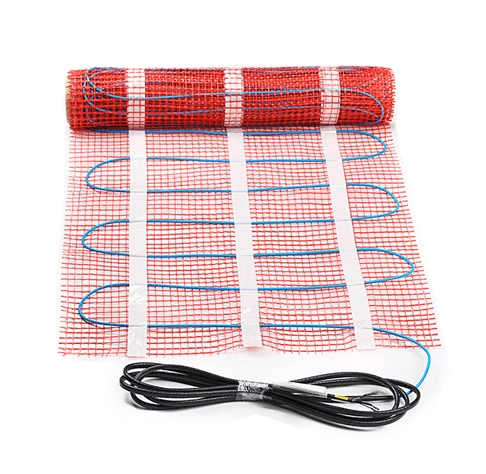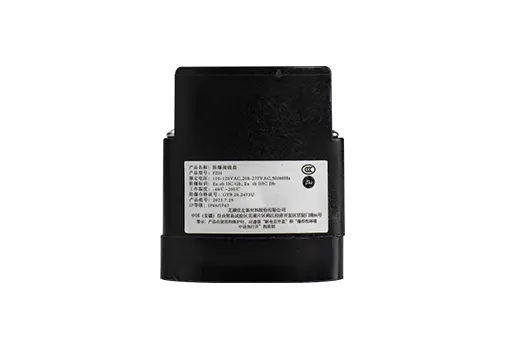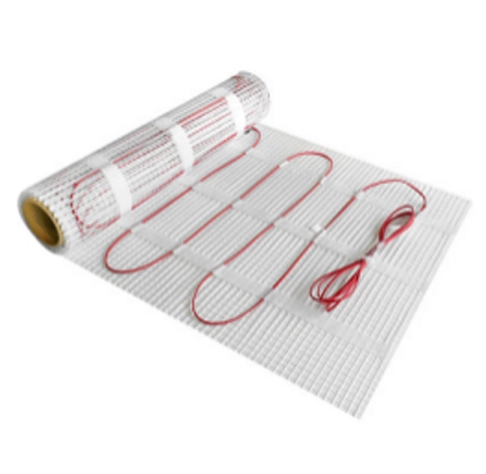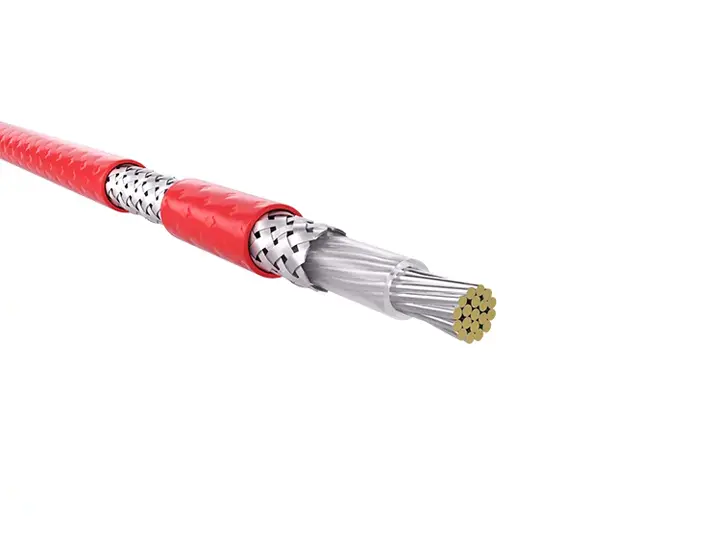The tracer pipe technology in ships and marine engineering is crucial for ensuring the normal flow of liquids and gases in extreme environments. This technology not only prevents pipeline freezing and solidification but also guarantees the safe and efficient operation of ships and marine platforms.
Types of Tracer Pipe Technology
The tracer pipe technology is primarily divided into two categories: thermal fluid tracing and electric heat tracing.
Thermal Fluid Tracing
Thermal fluid tracing is a technology that maintains pipeline temperature through heat exchange between thermal fluids (such as steam, production water, glycol solutions, seawater, etc.) and the transported medium. This technology is particularly common in subsea pipelines, achieved through either direct heating with a double-layer pipe or indirect heating with a bundled pipe. In direct heating, thermal fluid flows in the annular space of the double-layer pipe, transferring heat to the oil and gas flow via the inner pipe. Indirect heating with bundled pipes involves bundling pipes carrying different media with insulation layers or steel pipes to transfer heat through conduction.
Electric Heat Tracing
Electric heat tracing prevents freezing and solidification by wrapping electric heat tracing tapes around the exterior of pipes and equipment, providing continuous heat. These tapes consist of two parallel wires and a heating material in the middle. When current flows through the wires, the heating material generates heat. Electric heat tracing can be further categorized into direct electric heating, indirect electric heat tracing, and skin effect heat tracing. Direct electric heating involves wrapping the electric heat tracing tape directly around the pipe to provide heat. Skin effect heat tracing uses skin effect cables to generate heat within the heating pipe and transfers it through an insulation layer to the pipe.
Applications of Tracer Pipe Technology
Ship Pipe Insulation
During ship navigation, low temperatures can cause the liquids (such as fuel oil and freshwater) inside the pipes to freeze, affecting the ship's normal operation. Electric heat tracing technology prevents pipe freezing by continuously providing heat through the externally wrapped heat tracing tape, ensuring that the ship operates normally even in cold sea areas. In addition, electric heat tracing technology can also be used to heat cabins, providing a comfortable living and working environment for the crew.
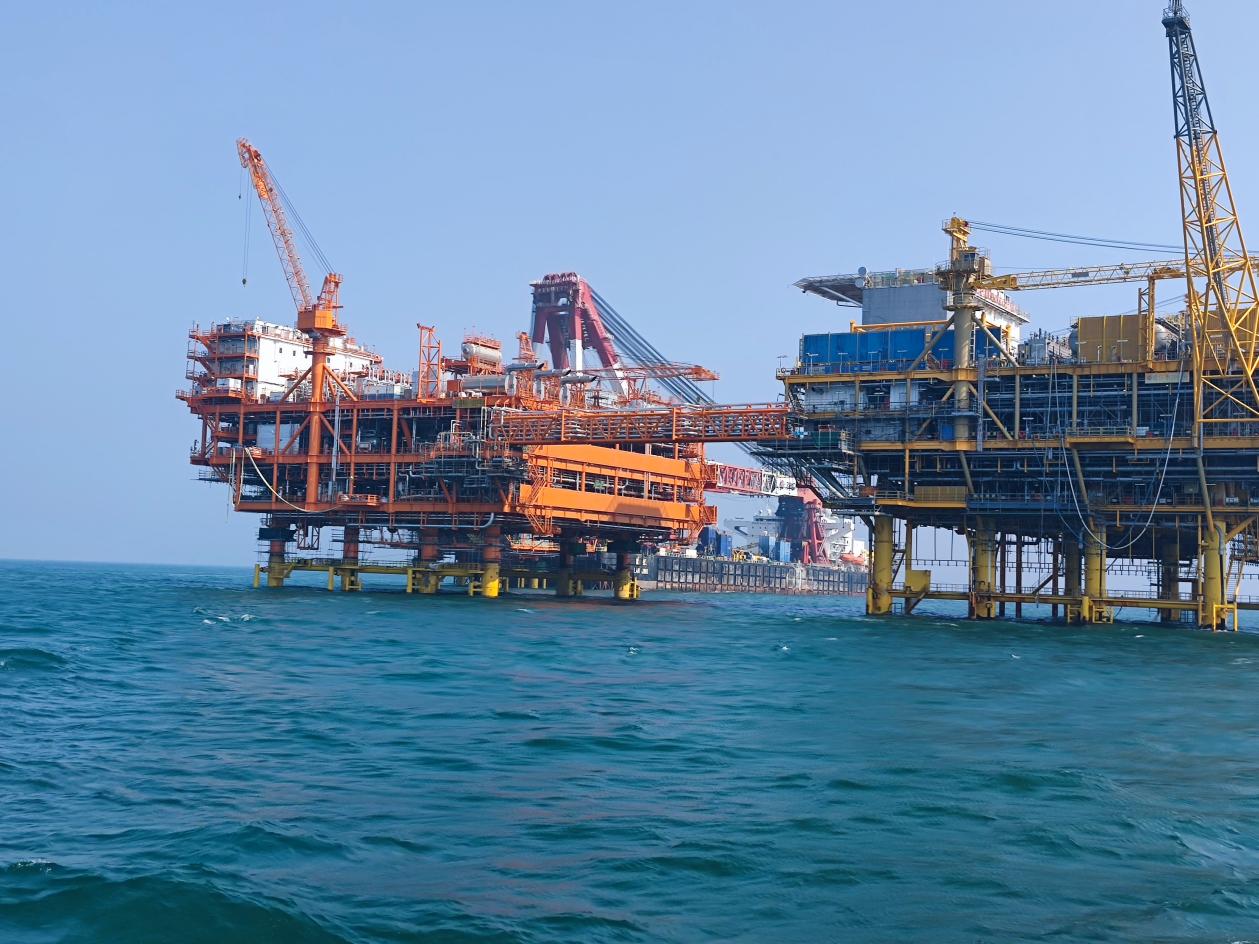
Subsea Pipeline Heating
In subsea pipelines, heating technology is required to maintain the pipeline temperature due to flow safety issues caused by hydrate formation and waxing during oil and gas transportation. Both thermal fluid tracing and electric heat tracing are widely used in subsea pipelines to ensure the normal transportation of oil and gas and restart after shutdowns. Notably, skin effect heat tracing demonstrates its efficiency and economic advantage in long-distance subsea oil and gas transportation pipelines.
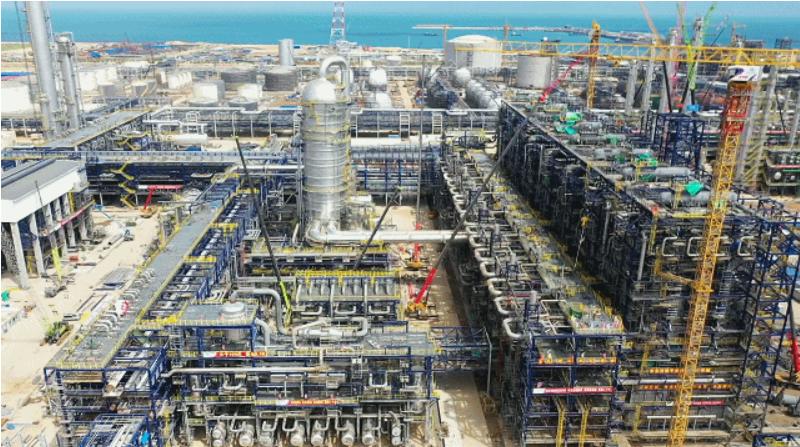
Advantages of Tracer Pipe Technology
Energy-efficient
Electric heat tracing systems can adjust heating power according to actual needs, achieving energy-efficient operation. Additionally, electric heat tracing tape has high efficiency, providing precise heat as needed, avoiding energy waste.
Safe and Reliable
Electric heat tracing tape offers multiple safety protections, such as overheat protection and short circuit protection, ensuring system safety. The tracing tape uses special insulation materials and protective measures, featuring good insulation performance and waterproof and moisture-proof capabilities.
Easy Installation
Electric heat tracing tape is lightweight, flexible, and easy to wrap around pipes and equipment, making installation and maintenance convenient. Installing tracing tape during ship maintenance and refitting significantly reduces construction difficulties.
Strong Adaptability
Heating technology can adapt to different ship designs and navigation environments, providing customized solutions. Both thermal fluid tracing and electric heat tracing can be adjusted and optimized according to actual needs.
Maintenance Measures for Tracer Pipes
Choose Suitable Heat Tracing Tape
When selecting heat tracing tape, consider the special characteristics of the marine environment, such as humidity, salinity, and temperature fluctuations. Choose tracing tape with good corrosion resistance, waterproof performance, and high-temperature resistance.
Proper Installation of Heat Tracing Tape
Install heat tracing tape strictly following product manuals and relevant standards. Ensure the tracing tape closely adheres to the pipe surface, avoiding gaps to improve heat transfer efficiency. Pay attention to securing and protecting the tracing tape to avoid mechanical damage.
Regular Inspection and Maintenance
Regular inspection is key to maintaining heat tracing tape. Inspect for appearance damage, loose connections, and good insulation. Repair or replace as needed to ensure normal operation.
Prevent Overload and Short Circuits
Avoid causing overloads and short circuits when using heat tracing tape. Overload can overheat the tape, reducing its lifespan; short circuits can cause fires and other safety accidents. Set and control the tape's power reasonably, ensuring operation within safe limits.
Waterproof, Moisture-proof, and Corrosion Protection Measures
High humidity in the marine environment can cause moisture to enter the tape, leading to electrical faults. During installation and maintenance, implement effective waterproof and moisture-proof measures, such as using waterproof connectors and sealing materials. Consider chemical corrosion and apply appropriate protective measures, like using anti-corrosion coatings or selecting corrosion-resistant materials.
Conclusion
Tracer pipe technology plays an essential role in ships and marine engineering, ensuring the normal operation of pipelines in extreme environments and improving the safety and efficiency of ships and marine platforms. By choosing the right heat tracing tape, proper installation, and regular inspection and maintenance, the effective operation of tracer pipe technology can be ensured, providing strong support for the safety and stability of ships and marine engineering. As technology continues to evolve, tracer pipe technology will play an increasingly important role in the maritime and marine fields.






